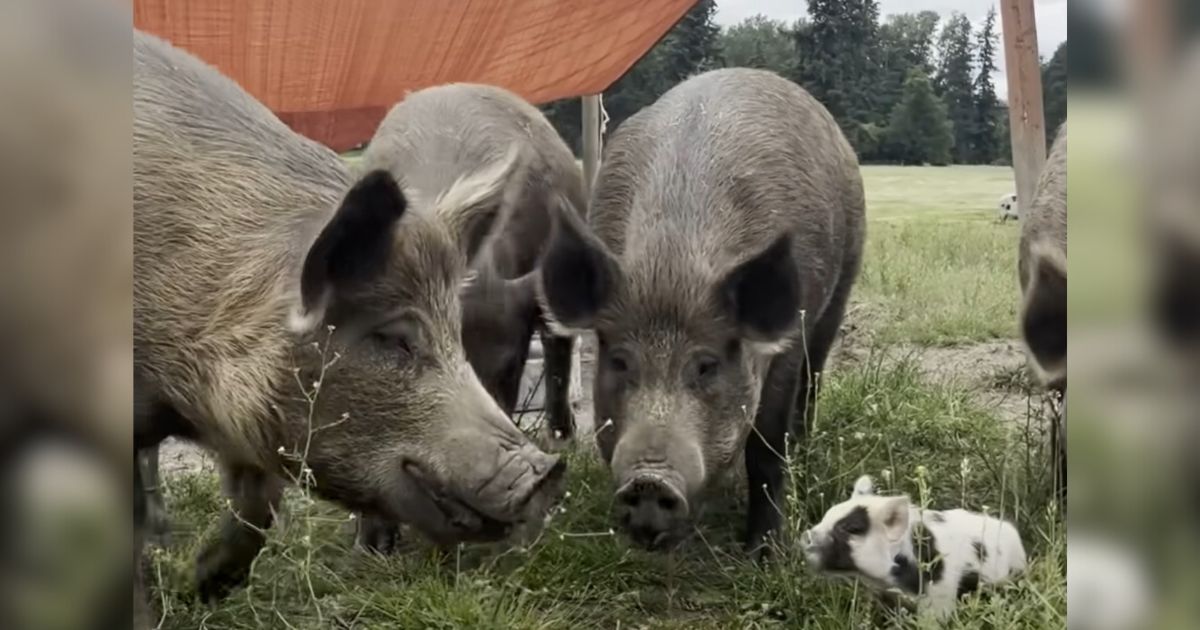There is no question that humans have a strong impact on the planet, and this impact is not always good. Dozens of species have gone extinct in recent years. While sometimes this is the natural progression of things, other times, humans are to blame.
No matter who or what caused their extinction, here are some of the animals that went extinct recently, with many dying off within the last year or two. Now, we are left with photos and stories to remember these critters by.

Perhaps the most prominent extinction in recent years was the white rhino.
Technically, the species is still alive, although there are now only two left — both females. The last male, Sudan, lived on a conservancy in Kenya and made headlines when he died in March 2018. The remaining females are his daughter and granddaughter, and some conservationists hope that IVF can save the species.
However, this would pose a very serious challenge to scientists. At this point, most of the world is simply waiting for the final two white rhinos to die.

There have been no sightings or signs of the fishing cat since 2015, leading most experts to agree that this feline is now extinct.
The fishing cat used to be prevalent throughout Southeast Asia. For the past 15 years, researchers have placed and monitored cameras around Java, the native land of the cat. There have not been any sightings in Indonesia, and the most recent sighting in Cambodia was now several years ago.
While the fishing cat has likely gone extinct, other cat species are known for their fishing habits. Additionally, some researchers still hold out hope that there will be another sighting of these cats – after all, it has only been a few years since their disappearance.
Black-Footed Ferret is sadly on the list this year.

“Habitat loss and sylvatic plague passed along by prairie dogs killed off many of the ferrets. Relegated to small, floundering colonies, inbreeding led to further decline in their numbers. At one point in 1985, only 10 Black-footed Ferrets in the world were thought to be living,” says The Rain Forest Site.

Two types of skinks native to Christmas Island are also gone.
The blue-tailed skink is one of these, with both the type from Christmas Island, Cryptoblepharus egeriae, and the one from Hawaii, Emoia impar, gone forever. For now, the only type of blue-tailed skink left, Plestiodon fasciatus, remains in North America.
The last of these skinks in Hawaii were seen in the 1960s, and their decline is due to similar lizards who crowded them out of their territory, combined with the invasive big-headed ant.
The forest skink of Christmas Island is also now extinct, with the last member, Gump, dying alone in a cage. These skinks were thriving as recently as 1998 when reports indicated just one tree could hold 80 of the critters.

Christmas Island species have faced a very tough time recently, as the pipistrelle also went extinct in the past decade.
The last time one of these echolocating bats was seen in the wild was in 2009, and the critter had a screech that was unmistakable. Despite having last seen a Christmas Island pipistrelle in 2009, it was not declared extinct until 2017 since it is hard to judge when an animal is truly gone.

The Lister’s gecko is another example of an animal that was possibly declared extinct long after the fact.
The Lister’s gecko was last seen in the wild in 1987, but the International Union for the Conservation of Nature only recently listed it as extinct in the wild. This is yet another species from Christmas Island that has gone extinct.
Experts say that the changes to the island’s ecosystem and a large number of extinctions are due to new species being introduced. Some of those species include giant centipedes, the yellow crazy ant, and the wolf snake. However, no one species carries the full blame.
Darwin’s Fox

“Chileno.co.uk reports that much of the fox’s natural habitat has already been eroded or replaced by pine or eucalyptus plantations. Meanwhile, humans protecting their livestock, and roaming wild dogs make life even more difficult for the Darwin’s Fox. The fox has been classified “critically endangered” by the IUCN, and could eventually be tabled “extinct in the wild” if no further sightings of the animal are reported,” reports The Rain Forest Site.

Although not extinct yet, the Bornean orangutan is scarily close to reaching the point from which there is no return.
The main threat to these orangutans is the deforestation that tends to occur as humans ramp up production of palm oil. Bornean orangutans are currently classified as endangered. If our pattern of deforestation in the rainforest continues, they will not be able to live in the wild anymore.
Hopefully, at least some of these orangutans will continue to live in zoos and wildlife sanctuaries, but it simply is not the same.
Please SHARE this with your friends and family.















